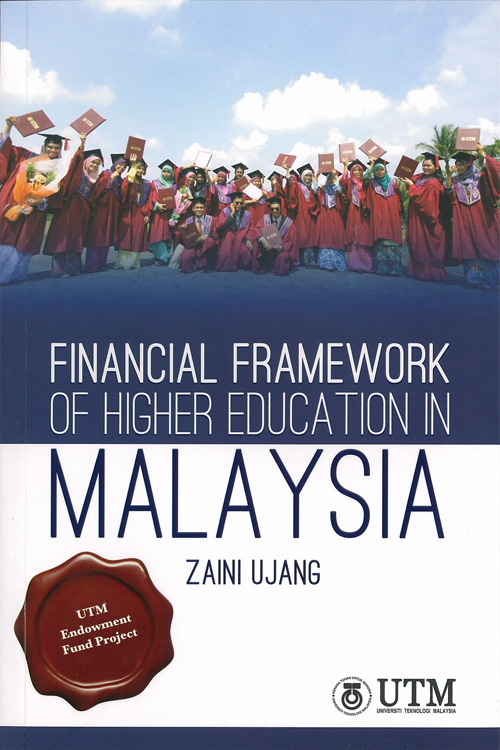Description
Rarely do authors discuss in detail issues related to the financial framework of higher education. In the context of Malaysia, the country’s leadership has put in place mechanisms to transform higher education. Commencing 2004, the government has transformed higher education through the establishment of the Ministry of Higher Education. Accordingly, the National Higher Education Strategic Plan was drafted to elevate the status and prestige of local universities internationally.
To catapult the status of local universities, the government has allocated huge sums of money to defray the cost of higher education encompassing physical funding, resource management, academic activities, and student welfare. Relatively speaking, tuition costs for the sciences, technological and medical programmes far exceed those for the social sciences. Aside from assistance in the payment of tuition fees, the Ministry of Higher Education together with various agencies also provide other assistance in the form of scholarships, bursaries and loans to students. Thus, it is timely that this book puts forward a discussion on financial stability in higher education in Malaysia. Insights were gained through comparative analysis of various financial models of national and international education institutions.





